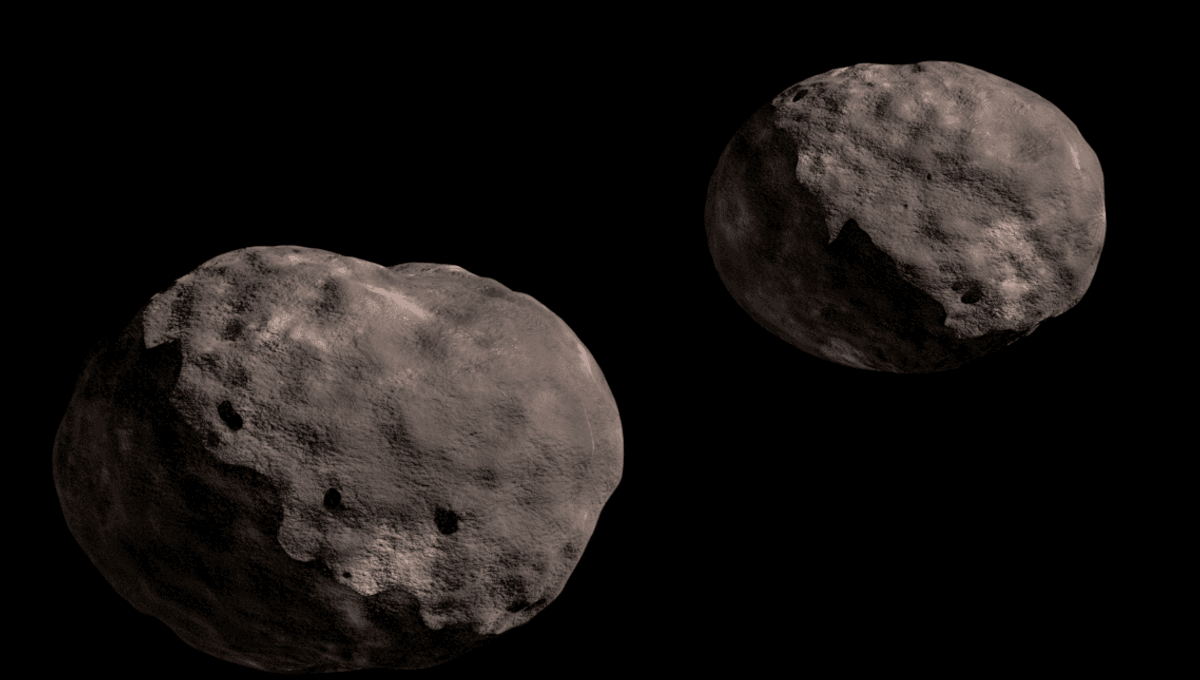The edge of the solar system is different and the rules that govern the formation and interaction of bodies there are likely to be different too. This region is known as the Kuiper Belt, stretching from the orbit of Neptune outward. For the first time, the surface composition of two small trans-Neptunian objects (TNOs) has been studied from Earth, revealing new insights into the formation and evolution of the worlds far away from the Sun.
The target of this investigation was a binary pair of icy asteroids – one is called Mors and the other Somnus. The observations revealed organic molecules, carbon dioxide and monoxide, as well as hydroxyl compounds. They even have some tentative evidence of nitrogen-rich material.
“We are studying how the actual chemistry and physics of the TNOs reflect the distribution of molecules based on carbon, oxygen, nitrogen and hydrogen in the cloud that gave birth to the planets, their moons, and the small bodies,” lead author Dr Ana Carolina de Souza Feliciano from the University of Central Florida, said in a statement. “These molecules were also the origin of life and water on Earth.”
The composition opens another window into the past. Such a binary system had to survive for a long time in a region where the influence of Neptune is enormous and where collisions are far from rare. Plus, the Kuiper Belt might be even bigger than previously thought. So the fact that these two bodies still orbit each other and they are remarkably similar, indicates that they are truly primitive – survivors of an original population of TNOs.
The objects formed well beyond 4.5 billion kilometers (2.7 billion miles) from the Sun. This provides insights into how Neptune migrated during the early solar system and how that affected the different populations of objects that make up the TNOs. They don’t appear to be similar to the plutinos – a TNO class that includes Pluto and shares a 2:3 orbital resonance with Neptune.
These observations are just two of the nearly 60 observations of the Discovering the Surface Compositions of Trans-Neptunian Objects program. This program is part of the scientific observations being undertaken by JWST.
“Before JWST, there was no instrument able to obtain information from these objects in that wavelength range,” de Souza Feliciano continued. “I feel happy to be able to participate in the era inaugurated by the JWST.”
The study is published in the journal Astronomy & Astrophysics.


